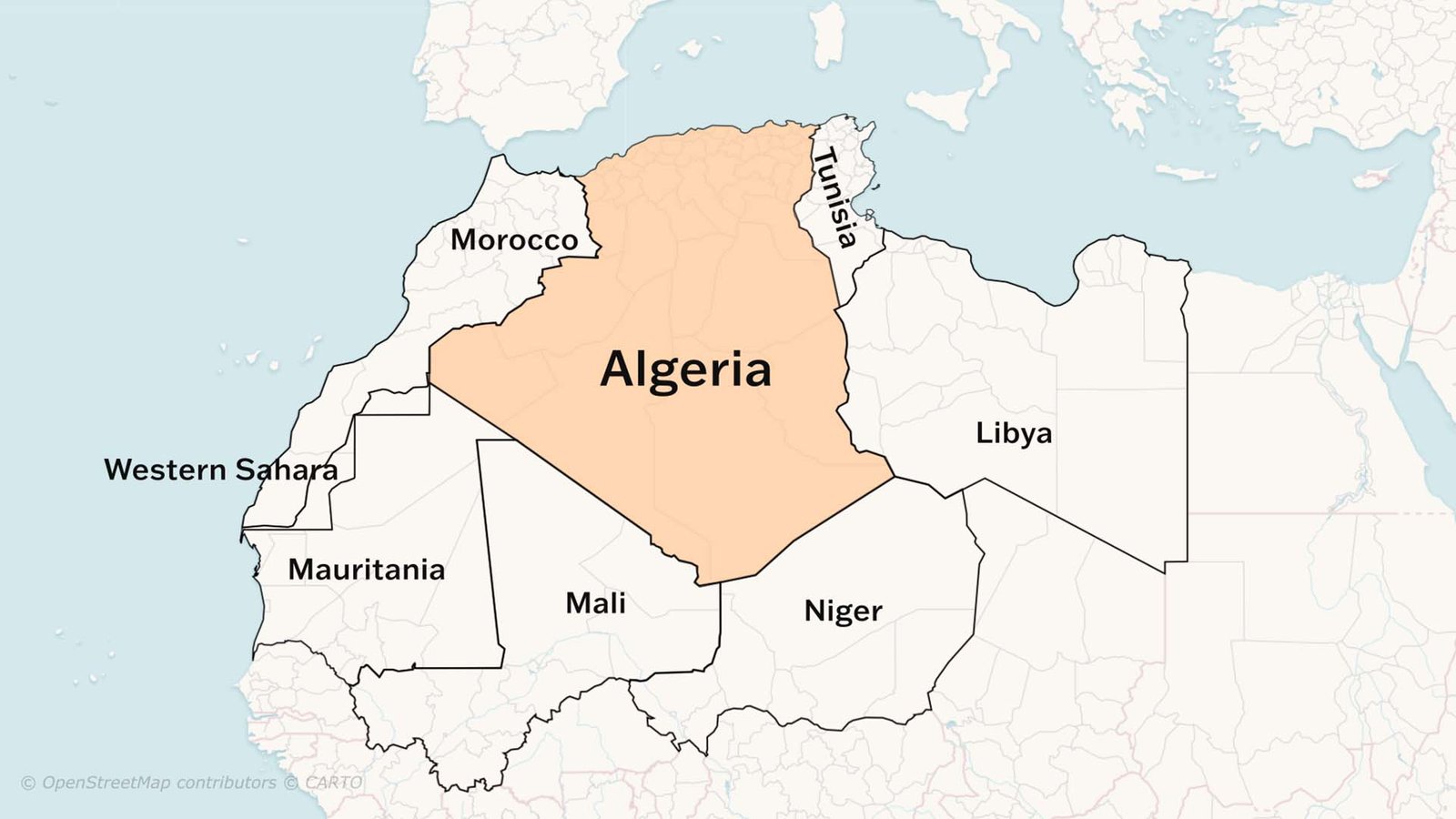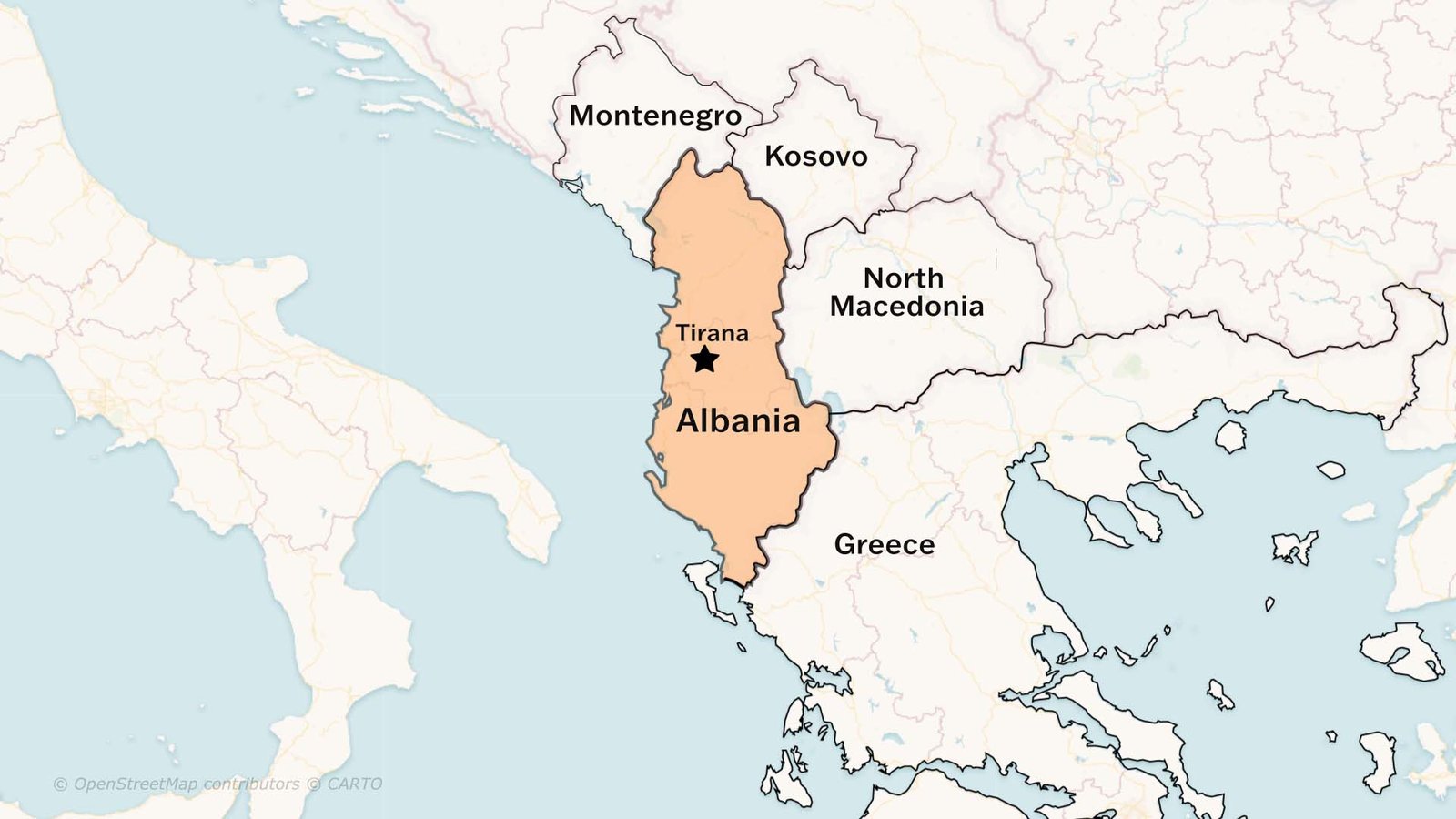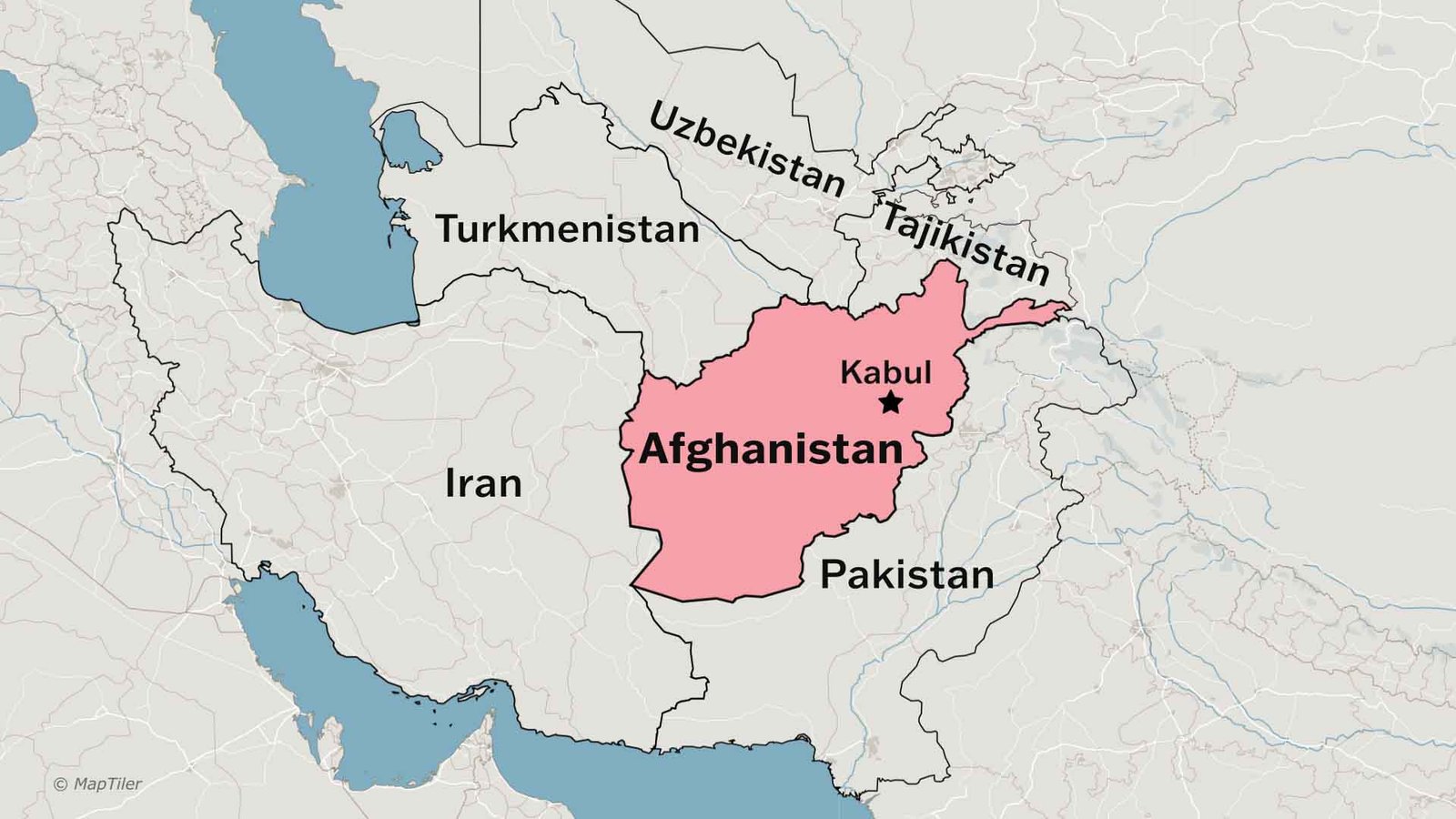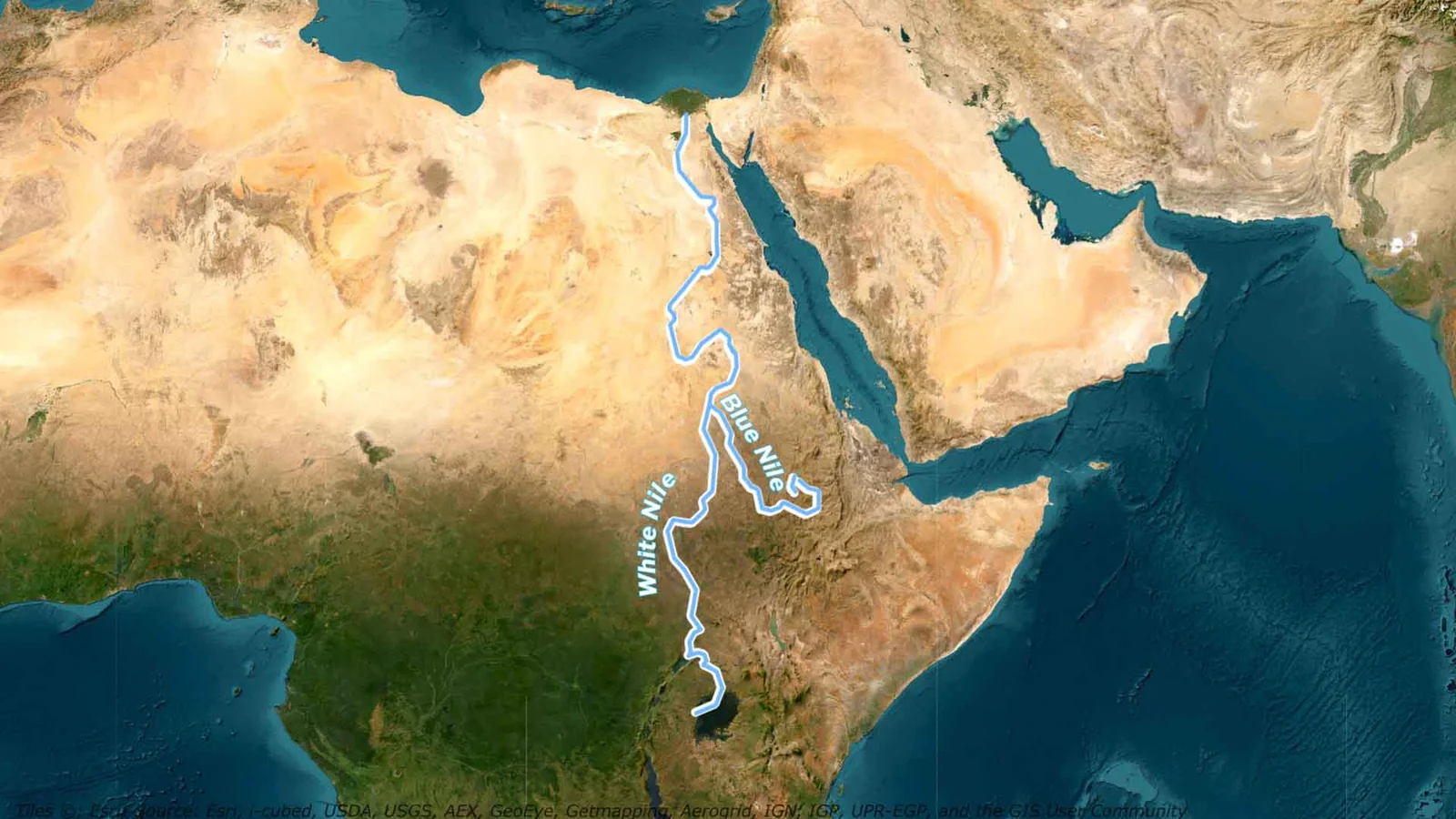Introduction to Manufacturing
In the manufacturing process, raw materials are transformed into valuable goods. For example, wood is turned into paper, sugarcane into sugar, iron ore into steel and iron, bauxite into aluminium, and even clothes are a product of industrial activity. Those involved in secondary jobs primarily focus on converting raw materials into valuable finished goods. These workers are employed in steel factories, car manufacturing companies, breweries, textile industries, and bakeries. This sector is highly significant as it serves as a major indicator of a country’s economic growth and development.
To Pick The Chapter 1 Notes: Click Here> Class 10th Resources & Developments Notes.
Importance of Manufacturing
The manufacturing sector is crucial for a country’s development for several reasons:
Economic Diversification
Manufacturing industries diversify the economy. While agriculture is a significant part of the economy, these industries aim to modernize it while generating employment in secondary and tertiary sectors. This reduces over-reliance on agriculture, allowing economic benefits from diverse sources, thus diversifying the economy.
Employment Generation
Industrial development plays a vital role in reducing unemployment and poverty. Manufacturing industries create jobs and employment opportunities, improving the standard of living and fostering overall development.
Reducing Regional Disparities
Establishing industries in underdeveloped or backward regions reduces regional inequalities, balancing the economy.
Boosting Trade and Commerce
Exporting manufactured products to other countries brings foreign exchange to India, promoting economic stability and growth. Countries that transform raw materials into finished goods are generally more prosperous.
Interconnection with Agriculture
Manufacturing and agriculture are interconnected. Agro-industries boost agricultural activity while producing fertilizers, equipment, and other inputs required for farming.
Global Competitiveness
In the era of globalization, manufacturing industries must be efficient and competitive. Being self-sufficient and producing quality goods isn’t enough; they must meet international standards to compete in the global market.
Classification of Industries
Industries can be classified based on various criteria to better understand their manufacturing processes and characteristics.
Based on Raw Materials
- Agro-Based Industries: Use raw materials from agriculture, such as cotton, wool, jute, silk textiles, rubber, sugar, tea, coffee, and edible oil.
- Mineral-Based Industries: Use minerals and ores as raw materials, like iron for steel or petrochemicals.
Based on Role
- Basic or Key Industries: Use raw materials to produce goods like iron and steel smelting, copper, and aluminum production.
- Consumer Industries: Produce goods directly for consumers, such as paper, toothpaste, sewing machines, and fans.
Based on Capital Investment
- Small-Scale Industries: Involve limited investment and are set up on a smaller scale.
- Large-Scale Industries: Require significant capital investment.
Based on Ownership
- Public Sector: Owned by the government, e.g., BHEL and SAIL.
- Private Sector: Owned by individuals or groups, e.g., TISCO, Bajaj Auto Limited, and Dabur Industries.
- Joint Sector: Shared ownership between private entities and the state, e.g., OIL.
- Cooperative Sector: Owned by raw material suppliers who share profits and losses with the government, e.g., sugar cooperatives in Maharashtra and coir cooperatives in Kerala.
Based on Raw Material Weight
- Heavy Industries: Deal with heavy materials, like iron and steel.
- Light Industries: Handle lighter materials, like the electrical industry.
These classifications help us understand industries and their economic impact more clearly.
Agro-Based Industries
Agro-based industries transform agricultural raw materials into finished goods like cotton, silk, wool, jute, edible oil, and sugar.
Textile Industry
The textile industry holds a unique position in the Indian economy, significantly contributing to employment, foreign exchange, and industrial production. It’s the only industry with a complete value chain, transforming raw materials into high-value goods.
In ancient times, cotton textiles used hand-spinning and handloom weaving techniques. After the 18th century, power looms caused setbacks for traditional industries during the colonial period, as weavers couldn’t compete with mills.
The first mill was established in Mumbai in 1854. During World War, cloth demand increased in England, and as India was their colony, cotton exports boosted India’s cotton textile industry.
Initially, this industry was concentrated in Maharashtra and Gujarat due to raw cotton availability, accessible markets, suitable climate, and sufficient labor. It supports farmers’ livelihoods, cotton ball pluckers, and workers in ginning, spinning, weaving, dyeing, designing, packaging, tailoring, and sewing.
It also creates demand for other industries. Today, the sewing part remains concentrated in Maharashtra and Gujarat. Traditional weaving techniques, like designs and embroidery in cotton, silk, and zari, are incorporated.
India excels in spinning production but faces challenges in producing high-quality fabric due to limitations in weaving technology, which uses handlooms, powerlooms, and mills. Khadi, a handspun material, provides opportunities for weavers in the cottage industry.
Jute Industry
India is the largest producer of raw jute and the second-largest exporter of jute products after Bangladesh. Most jute mills are located in West Bengal along the Hooghly River.
This concentration is due to proximity to jute-producing regions, reducing transportation costs, and access to water transport via the Hooghly River. A well-developed network of roadways, railways, and waterways ensures raw material supply to mills.
Water availability is not an issue, and cost-effective labor from neighboring states like Bihar, Odisha, and Uttar Pradesh is abundant. Access to urban centers like Kolkata, a major hub for tertiary sector jobs like insurance and banking, facilitates quick exportation, making West Bengal ideal for jute mills.
Sugar Industry
India’s sugar industry is significant, being the world’s second-largest sugar producer and the top producer of gur and khandsari, traditional sugar forms. This industry uses bulky raw materials, and sucrose content reduces during transportation.
It’s dispersed across states like Uttar Pradesh, Bihar, Maharashtra, Karnataka, Tamil Nadu, Andhra Pradesh, Gujarat, Punjab, Haryana, and Madhya Pradesh, with Uttar Pradesh and Bihar accounting for 60% of mills.
Sugar mills are seasonal, making them suitable for the cooperative sector, which efficiently manages seasonal production and supports farmers. Recently, mills have shifted to southern and western states, especially Maharashtra, where high sugar production, efficient processes, and a cool climate provide a longer crushing period, making it a successful industry.
Mineral-Based Industries
Mineral-based industries use minerals as raw materials.
Iron and Steel Industry
This industry includes heavy, medium, and light categories based on machinery. Steel is used in engineering goods, construction materials, defense, medical, telephonic, scientific equipment, and consumer goods. Steel production and consumption are major indicators of a country’s growth.
Iron and steel is a heavy industry due to bulky raw materials and finished goods, increasing transportation costs. Iron ore, coking coal, and limestone are required in a 4:2:1 ratio, with some manganese for hardening steel. The Chotanagpur region has the highest concentration due to low-cost, high-grade raw materials and cheap labor.
Aluminum Smelting
The second most important industry in India, aluminum is lightweight, corrosion-resistant, and a good heat conductor. When mixed with other metals, it becomes malleable and strong, used in aircraft, utensils, and wires. It’s a popular substitute for zinc, copper, lead, and steel.
Aluminum smelting plants are located in Odisha, West Bengal, Kerala, Uttar Pradesh, Chhattisgarh, Maharashtra, and Tamil Nadu. Bauxite, a bulky, reddish-dark raw material, is essential for aluminum production. Two key factors for plant locations are electricity supply and raw material availability.
Chemical Industries
India’s chemical industry is fast-growing and diversified, including large- and small-scale industries.
Inorganic Chemicals
This sector includes sulfuric acid (used in fertilizers, synthetic fibers, plastics, and paints), nitric acid, and alkalis like soda ash (for glass, soaps, detergents, and paper) and caustic soda. These industries are widespread across the country.
Organic Chemicals
These include petrochemicals used in synthetic fibers, rubber, plastics, dyes, drugs, and pharmaceuticals. Organic chemical plants are located near oil refineries or petrochemical facilities. This industry has the largest consumer value, with basic chemicals processed to create other chemicals for industrial, agricultural, or direct consumer use.
Fertilizer Industry
Centered around the Green Revolution, this industry primarily produces nitrogenous fertilizers like urea, along with phosphatic fertilizers (DAP) and complex fertilizers containing nitrogen, phosphate, and potash. Potash is entirely imported due to the lack of reserves. Initially focused in Punjab, it spread to Gujarat, Tamil Nadu, Uttar Pradesh, Kerala, Andhra Pradesh, Odisha, Bihar, Maharashtra, Assam, Goa, Delhi, Madhya Pradesh, and Karnataka.
Cement Industry
The cement industry is essential for construction activities like houses, buildings, factories, bridges, roads, airports, and dams. It uses bulky raw materials like limestone, silica, and gypsum, requiring railway transportation, coal, and electric power. Its strategic location in Gujarat provides access to Gulf country markets.
Automobile Industry
India’s automobile industry manufactures vehicles for quick transportation of passengers and goods, including trucks, buses, cars, motorcycles, scooters, three-wheelers, and multi-utility vehicles.
Post-liberalization, new modern vehicles increased market demand, leading to healthy growth. Manufacturers are located in Delhi, Gurugram, Mumbai, Pune, Chennai, Kolkata, Lucknow, Indore, Hyderabad, Jamshedpur, and Bengaluru.
Information Technology and Electronics Industry
India’s electronics industry produces a wide range of products like transistor sets, televisions, telephones, cellular telecom, telephone exchanges, radars, and computers. Bengaluru is India’s electronic capital, with other centers in Mumbai, Delhi, Hyderabad, Pune, Chennai, Kolkata, Lucknow, and Coimbatore.
However, most centers are in Bengaluru, Noida, Mumbai, Chennai, Hyderabad, and Pune. The IT sector, closely related to electronics, provides numerous employment opportunities in hardware and software. Their success is considered IT sector success.
Industrial Pollution and Environmental Degradation
Industries play a vital role in growth but contribute to pollution and environmental degradation, categorized into air, water, land, and noise pollution. Thermal plants further exacerbate pollution.
Air Pollution
Industries release undesirable gases like sulfur dioxide, carbon monoxide, and airborne particulates (dust, mist, smoke). Chemical and paper factories, brick kilns, refineries, smelting plants, and those ignoring pollution norms by burning fossil fuels emit smoke and toxic gases. The Bhopal Gas Tragedy is a classic example of toxic gas leaks. Air pollution adversely affects living organisms and the environment, making it essential to address.
Water Pollution
Releasing waste chemicals and industrial effluents into water or river bodies causes water pollution. Industries like paper, pulp, chemical, textile, dyeing, petroleum refineries, tanneries, and electroplating release harmful dyes, detergents, acids, heavy metals (e.g., lead, mercury), pesticides, fertilizers, synthetic chemicals, plastics, and rubber. Solid wastes like fly ash, phospho-gypsum, and iron-steel slags are also major pollutants.
Thermal Pollution
Releasing hot water with chemicals into water bodies without cooling causes thermal pollution, negatively impacting aquatic life. Nuclear power plant and weapon production waste, when released into water, can cause serious health issues like cancer, birth defects, and miscarriages. Soil and water pollution are interconnected, as harmful chemicals dumped in soil harm both.
Noise Pollution
Industrial and construction activities, including machinery, factory equipment, generators, saws, and pneumatic/electric drills, cause irritation, stress, psychological effects, hearing impairment, increased heart rate, and blood pressure.
Controlling Pollution
To control industrial pollution and environmental degradation:
- Minimize Water Use: Industries should reduce water use, recycle water, and reuse it at every processing stage to reduce water pollution. Adopting rainwater harvesting can meet water needs and reduce pollution.
- Treat Effluents: Effluent treatment is crucial, done in three phases: mechanical (screening, sedimentation), biological, and tertiary (biological, chemical, physical methods) for wastewater recycling.
- Regulate Groundwater Use: Industries should legally regulate groundwater use to avoid depletion, as it’s a limited resource.
- Reduce Air Pollution: Factories should use smoke stacks, electrostatic precipitators, fabric filters, scrubbers, and inertial separators, and switch from coal to oil or gas.
- Reduce Noise Pollution: Use noise-absorbing materials and silencers in machines and generators. Individuals can use earplugs or earphones.
Balancing Development and Conservation
For sustainable development with economic growth and environmental conservation, industries must collectively adopt these methods to control pollution without halting industrial activity.
NTPC’s Success Story
NTPC, a power corporation in India, holds ISO certification for its environmental management system and proactively preserves the natural environment and resources at its power plant locations. They achieve this through optimal equipment use, upgrading with the latest techniques for efficient resource use, minimizing waste generation, maximizing ash utilization, creating green belts, ecological monitoring, and adopting ash water recycling. Other industries should take inspiration and adopt these environmentally friendly methods.
Conclusion
I hope you found this blog post insightful. Stay tuned for more informative content!







